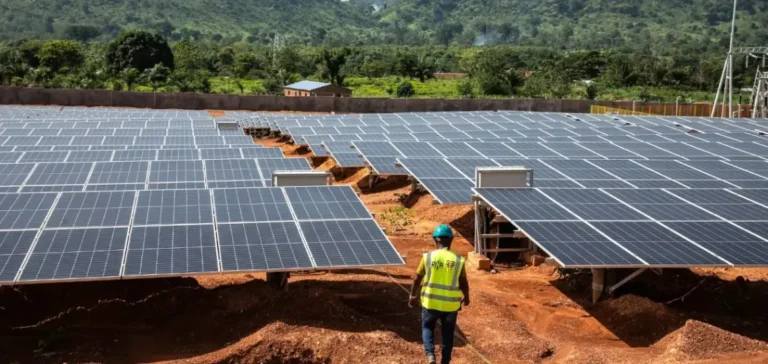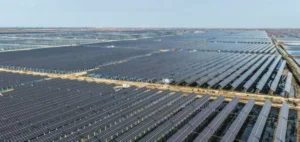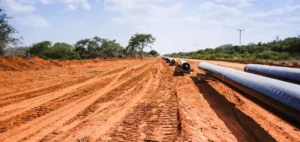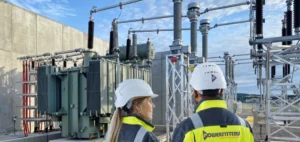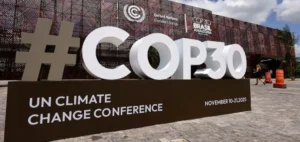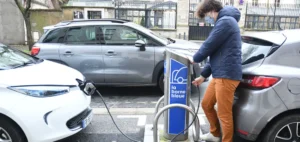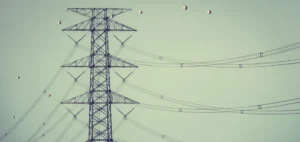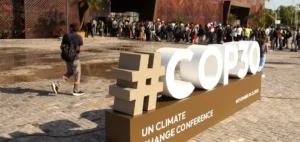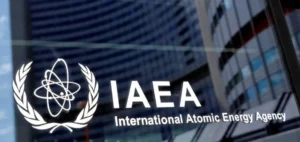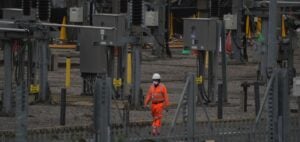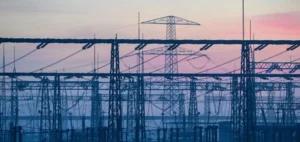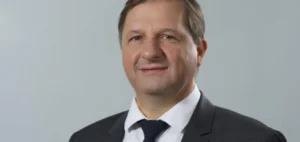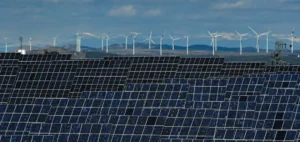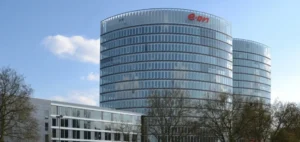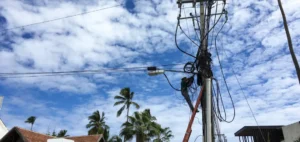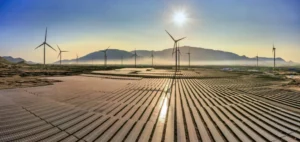South African state-owned utility Eskom plans to increase its renewable energy generation capacity to 32 gigawatts (GW) by 2040, up from less than 1GW currently. At the same time, its coal-based generation capacity is expected to fall from 39GW to 18GW. These projections were presented to lawmakers as part of the company’s long-term energy strategy.
A new entity to lead the transition
Eskom announced the creation of an internal division dedicated to renewable energy, tasked with developing production projects and forming partnerships with private sector players. This unit will be responsible for both implementing new initiatives and repowering several ageing coal-fired power stations. Repowering involves replacing existing generation units with installations using more recent technologies, including renewable sources or gas.
The company has already identified several thermal power plants suitable for conversion. The programme will follow a hybrid approach, combining greenfield projects and the transformation of existing facilities, in a country where the majority of installed capacity still relies on coal.
Financial pressure and regulatory constraints
The energy transition goal is constrained by a structural debt of USD22.03bn, which the company identifies as a major obstacle to securing capital for renewables. This financial burden limits its flexibility, while investment needs remain high.
Eskom also faces rising municipal debt and regulated electricity tariffs that it considers below cost recovery levels. The utility argues that this pricing system undermines its ability to cover operating costs and invest in new infrastructure.
Tariff regulation at the heart of the issue
Ongoing uncertainty around electricity pricing regulation weighs heavily on Eskom’s strategy. The company claims that the current regulatory framework does not provide sufficient profitability, complicating discussions with potential investors. It is calling for a revision of the tariff model to ensure economic viability for future projects.
This situation highlights the tensions between supply security, emission reduction targets, and public sector financial stability. The successful rollout of Eskom’s dedicated renewables unit will depend largely on the evolution of regulatory conditions and the government’s ability to provide a stable and incentive-based framework for energy sector stakeholders.


